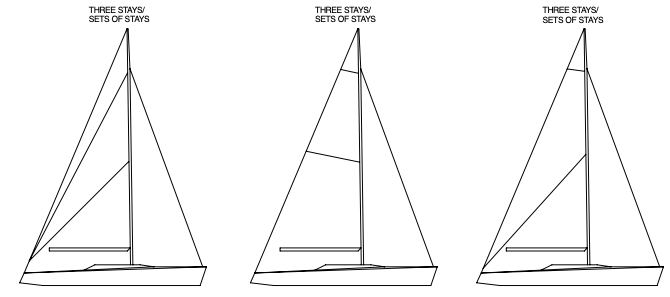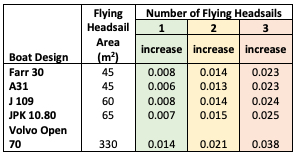IRC RULE 8 – SECONDARY RATING CERTIFICATES
 Wednesday, May 3, 2023 at 10:19AM
Wednesday, May 3, 2023 at 10:19AM  Reason for change: Owners and rule authorities request to have a second valid certificate for a separate configuration, for example inshore and offshore setup. The rule change allows a secondary certificate and specify those measurements and items that may be varied from the primary certificate. After successful trial in the southern hemisphere from August 2022 it is proposed to adopt this worldwide.
Reason for change: Owners and rule authorities request to have a second valid certificate for a separate configuration, for example inshore and offshore setup. The rule change allows a secondary certificate and specify those measurements and items that may be varied from the primary certificate. After successful trial in the southern hemisphere from August 2022 it is proposed to adopt this worldwide.
8.2.1 A boat may additionally hold a separate secondary valid certificate:
-
(a) The secondary certificate will be clearly identified and shall only vary from the
primary certificate in respect of, mainsail widths, E, P, headsail dimensions, flying headsail dimensions, single furling headsail allowance, the use of stored power, SPA, STL, SPL, spinnaker pole/bowsprit, whisker pole, number of spinnakers, number of flying headsails, aft rigging, use of moveable ballast, use of variable ballast, internal ballast;
-
(b) The secondary certificate boat weight and corresponding overhangs shall only vary from the primary certificate for a change in internal ballast. This change in boat weight is only permitted when both the primary and secondary certificates are ENDORSED in accordance with IRC Rule 8.5.
-
(c) Owners shall declare the primary or secondary certificate to the race organiser before the rating deadline.
Amend IRC Rule 22.4.2 as follows:
22.4.2 The crew weight shall not exceed 85kg multiplied by the Crew Number printed on the certificate.



